The Podcast Campaign: Is it curtains for mainstream media?
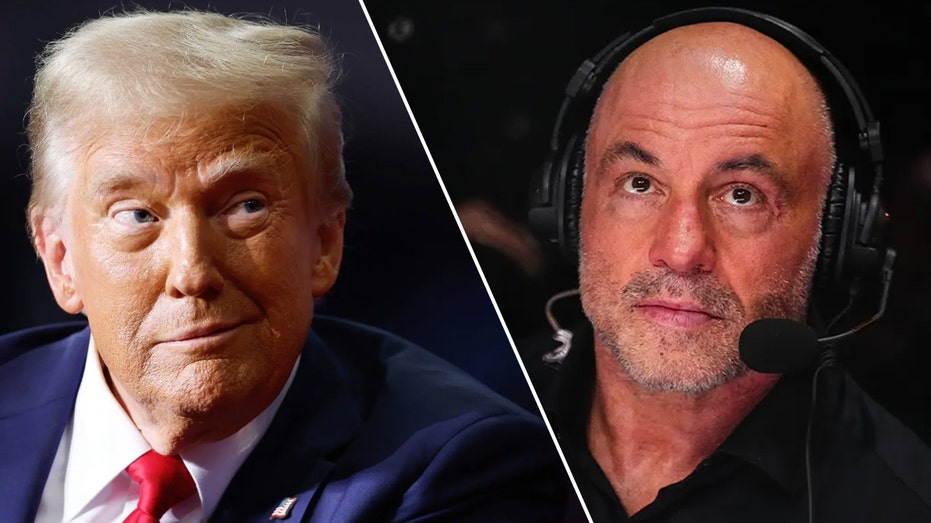
There’s growing chatter that it may be time to play taps for the purveyors of traditional media. Much of the presidential campaign played out on television. But TV, along with print, is being written off as old news, a horse-and-buggy relic, the last of the dinosaurs to inhabit the earth. Now this is the point in the narrative where I say that podcasts and digital media are the hot new players, that the candidates made all kinds of news on these outlets, and that they’re more entertaining than organizations built around actual journalism. All true. I’m a podcaster myself. It’s a freewheeling forum. But the phrase making the rounds in conservative circles is this: “You are the media now.” TRUMP, DEFYING MEDIA PREDICTIONS, MAINLY PICKS SEASONED CAPITOL HILL VETERANS SUCH AS MARCO RUBIO And what that means is that anyone can have a voice. The average person can start a Substack page or a blog or a podcast and draw a following. The average person can sound off on TikTok, Instagram, Threads, Facebook and X. The corporate barbarians no longer control the gates. And this is a healthy thing. It opens up the national conversation and allows for unconventional and unorthodox ideas to circulate – such as that the Covid lockdown was not such a great idea and that the Hunter Biden laptop was not Russian disinformation. Elon Musk, in a pitch for X, has embraced the concept: “Something’s wrong with the press, guys. Journalism is dead. What the heck is going on? It’s bizarre.” But the mirror image of everyone being the media is that everyone has to be a media consumer. The online world, as everyone knows, is filled with vitriol and conspiracy theories. It’s up to each person to filter that out (or not), and whether to stay in a cocoon that reinforces his or her opinions. WHY THE MEDIA WAITED TILL NOW TO ADMIT HARRIS RAN A LOUSY CAMPAIGN This is especially true in the Trump era, given his attacks on “fake news” and a basic disagreement on fundamental facts. Despite the president-elect’s stunning margin of victory, this is still a fiercely divided country with two diametrically opposed views of reality. Charlie Warzel at the Atlantic has written smartly about this: “Media institutions were somehow failing to meet the moment, but it was also unclear if they still had any meaningful power to shape outcomes at all. “News sites everywhere have seen traffic plummet in the past two years. That’s partly the fault of technology companies and their algorithmic changes, which have made people less likely to see or click on articles when using products like Google Search or Facebook.” But, says Warzel, “audiences are breaking up with news, too. An influencer economy has emerged on social-media platforms. It’s not an ecosystem that produces tons of original reporting, but it feels authentic to its audience.” Yet the obituaries for traditional media are premature. Sure, it was a great idea for Trump to spend three hours with Joe Rogan and for Kamala Harris to appear on “Call Her Daddy.” MEDIA LIBERALS SAVAGE KAMALA AS TRUMP PICKS EXPERIENCED HARD-LINERS But when Harris spent a month hiding from the media, the pressure grew for her to do a sitdown television interview. She eventually did with CNN’s Dana Bash. Another major event was the vice president’s contentious interview with Fox’s Bret Baier. Meanwhile, the leaks on Trump’s appointees have mainly been to the big newspapers and cable networks. So-called “legacy” outlets – which, by the way, all have major websites – do reporting as well as commentary. For all their flaws, they are slower because journalism takes time and mistakes are embarrassing. And even those who don’t trust these news organizations will cite them when it’s politically convenient: “Even the New York Times says–” In fact, for all of Trump’s use of Truth Social and self-posted videos, he cares about the legacy media as much as anyone. He talks to reporters virtually every day, even those he doesn’t like, and monitors the TV and newspaper coverage, so he can hit back at anything he deems inaccurate or unfair. And, as the campaign showed, he is impervious to the avalanche of negative coverage, and the consistently glowing coverage of Kamala didn’t help her in the end. Newspapers, while largely abandoned by younger people staring at their phones, also have an echo-chamber influence. The other day, The New York Times reported that lawyers at the Justice Department are worried about a Trump purge. The story was covered on cable all day long. Says Warzel: “Independent online creators aren’t encumbered by any of this hand-wringing over objectivity or standards: They are concerned with publishing as much as they can, in order to cultivate audiences and build relationships with them. For them, posting is a volume game. It’s also about working ideas out in public. Creators post and figure it out later; if they make mistakes, they post through it. Eventually people forget.” The old run-and-gun approach. So I’m not buying the notion that traditional journalism is washed up, especially those outlets that do investigative reporting. They still play a pretty central role, which is why the campaigns spent zillions on TV ads. But it may also be telling that Chris Wallace, with his three-year CNN contract expiring, is leaving to start a podcast. My takeaway is that those of us in the news business now have to share the microphone with millions of other voices. And I’m not losing any sleep over that.
Congress accuses Mahayuti, Union governments of undermining Chhatrapati Shivaji Maharaj, questions PM Modi on…
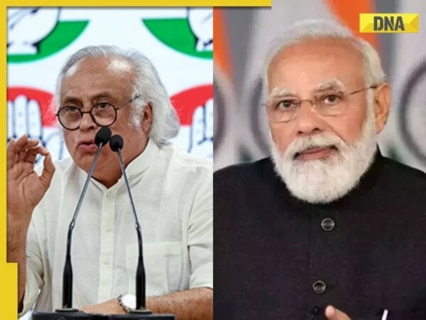
Seven years ago, the PM laid the foundation stone for a 696-feet statue of Shivaji Maharaj in the Arabian Sea near Mumbai but it has since been silently abandoned by his government, Jairam Ramesh said.
SDM Assault Case: 60 people arrested in Rajasthan’s Tonk

Ajmer Range Inspector-General of Police (IG) Om Prakash said that 60 people have been arrested in this case.
As pollution worsens in Delhi with AQI at ‘severe’ level, experts at COP29 urge India to…
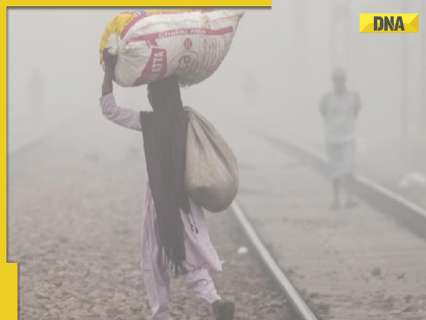
New Delhi’s air quality hit a ‘severe’ level for the first time this season, with the Air Quality Index (AQI) reaching 418 on Wednesday.
GOP incumbent projected to defeat Dem challenger in closely watched Arizona House race
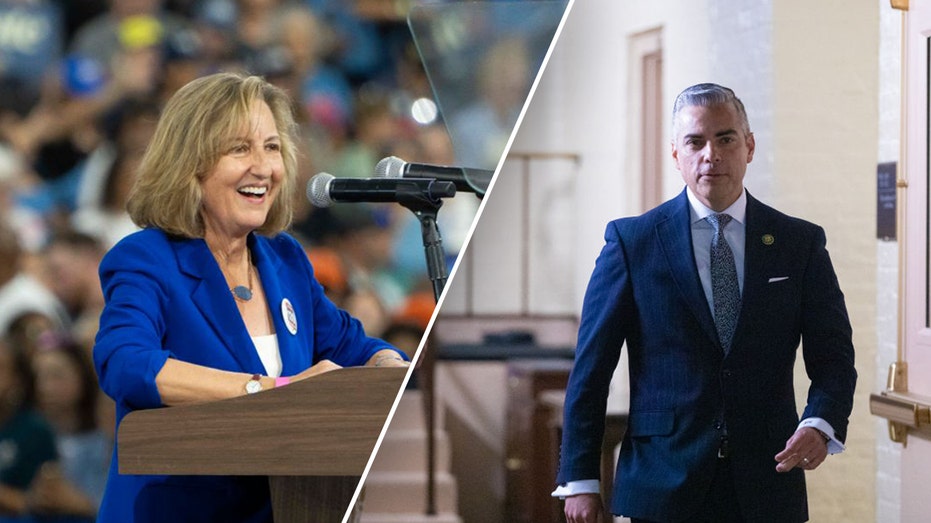
Rep. Juan Ciscomani, R-Ariz., will keep his seat in Arizona after fending off a challenge from Democrat Kirsten Engel, according to The Associated Press’ race call Wednesday night. The race for the 6th Arizona Congressional District seat was tight, with Ciscomani receiving 49.6% of the vote compared to Engel’s 47.9%. Unofficial election results on the state’s website show he only leads Engel by 7,020 votes. Democrats were hoping to flip the seat after a tight race between the same candidates in 2022. Ciscomani’s win completed the congressional races in Arizona and secured a Republican majority in the U.S. House by hitting the 218 threshold. REPUBLICANS PROJECTED TO KEEP CONTROL OF HOUSE AS TRUMP PREPARES TO IMPLEMENT AGENDA Ciscomani has brandished bipartisan credentials and fought off a conservative challenger in July, where he touted the endorsement of President-elect Donald Trump. “Congressman Juan Ciscomani is doing an incredible job representing the great people of Arizona’s 6th Congressional District,” Trump said on Truth Social in May. “Juan is working hard to Secure our Border, Defend our Wonderful Military and Veterans, Promote Election Integrity, and Expand American Jobs and the Economy.” REP. CISCOMANI FENDS OFF PRIMARY CHALLENGE FROM FELLOW REPUBLICAN AHEAD OF TIGHT ELECTION Ciscomani had embraced border security as a key issue, with the state being at the front of the historic crisis at the southern border. “I have been consistent in my willingness to work with anyone – on either side of the aisle – to address the crisis at the border,” Ciscomani told Fox News Digital in September. “However, Vice President Harris’ visit to the border smells like nothing more than a photo opportunity to try and score political points.” Engel had hit Ciscomani on the question of abortion, and in a recent debate revealed that she has experienced a miscarriage. “I’m a woman. I’ve had complications. I’ve had miscarriages,” she said in October, according to Arizona Central. “This is not something that we leave to politicians. Last time I checked, Juan, you’re not a doctor. I don’t trust you with my health care. I’m sorry, I don’t trust you with my daughter’s health care. We need to leave this to women and their doctors.” She also challenged his claim to be a moderate. “You present yourself as a moderate, but you cave to the extremists in your party. The extremists are driving the dysfunction. They are scaring seniors because if they are in control, they will do these things,” she said. Arizona, which had a number of close House and Senate races, was also seen as a key swing state for the presidential election. Get the latest updates from the 2024 campaign trail, exclusive interviews and more at our Fox News Digital election hub.
Shillong Teer Result November 14, 2024: Know updates on lucky winning numbers
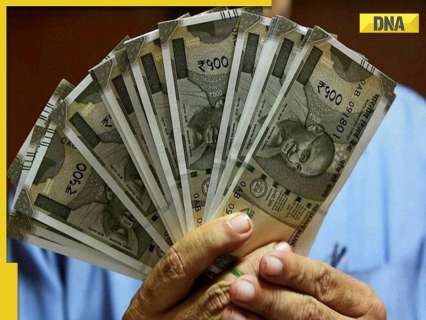
The complete list of winning numbers for the Meghalaya Lottery Department’s other games will be posted here. Please find the results for Shillong Teer, Juwai Teer, Shillong Morning Teer, Khanapara Teer, Jowai Ladrymbai and Night Teer below.
Land drug trafficking patterns in North-Eastern Region
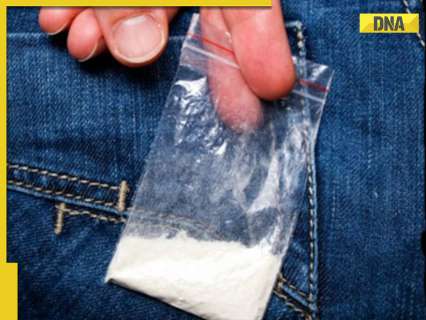
Drug trafficking is also often connected with other forms of crime, such as money laundering or corruption. Trafficking routes are used by criminal networks to transport other illicit products including firearms, human trafficking and wildlife trafficking.
Delhi air quality dips to ‘severe’ category; as AQI nears dangerous…
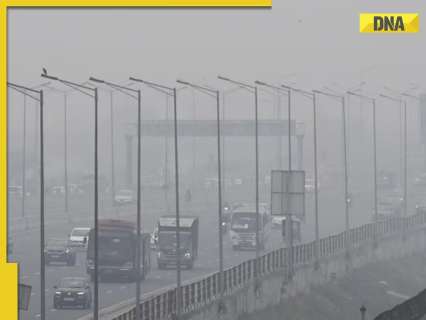
A dense layer of smog enveloped the national capital as the pollution levels continued to rise.
Republicans projected to keep control of House as Trump prepares to implement agenda

The Fox News Decision Desk can project that Republicans will keep their majority in the House of Representatives. The number of seats the party will hold depends on the outcome in a handful of remaining districts. There are nine races yet to be called. They are: Alaska’s at-large district, California’s 9th, 13th, 21st, and 45th districts, Iowa’s 1st district, Maine’s 2nd district, Ohio’s 9th district and Oregon’s 5th district. Republicans soared to the 218 threshold for majority after Republican Juan Ciscomani was elected in Arizona’s 6th District. The first-term Republican won a rematch against Democrat Kirsten Engel, whom Ciscomani narrowly defeated in the 2022 midterms. ‘ILLEGAL, UNCONSTITUTIONAL AND VOID’: GEORGIA JUDGE STRIKES DOWN NEW ELECTION RULES AFTER LEGAL FIGHTS In a statement, The National Republican Congressional Committee (NRCC) said that the majority win came after a “historically tumultuous cycle,” saying that they “never lost focus and never stopped working.” “They said it couldn’t be done, but the American people have spoken. As Chairman of the NRCC it has been my mission since day one to hold our House majority. Today it is clear that we accomplished that mission. Even through a historically tumultuous cycle our team never lost focus and never stopped working,” NRCC Chairman Richard Hudson said in a release on Wednesday night. “Americans are fed up with extreme Democrats who threw open the border, set inflation on fire, and invited drugs and crime to flood our communities,” he said. “With a Republican House majority, President Donald Trump back in the White House, and a new Senate majority, help is on the way. I am looking forward to working with my newly elected colleagues to clean up Democrats’ mess with an America First agenda.” WATCH: Mike Johnson, whose rise to speaker last year ended a leadership battle in the House, is likely to continue serving as the 56th Speaker. It comes despite a tumultuous term for the House GOP marked by fierce public infighting over government spending and the first-ever ouster of a speaker of the House. SPEAKER JOHNSON RIPS ‘LACK OF LEADERSHIP’ IN BIDEN ADMIN’S HELENE RESPONSE: ‘ALARMED AND DISAPPOINTED’ Republicans’ chances of keeping the House majority seemed like a pipe dream in October 2023. Congress was paralyzed while GOP lawmakers fought behind closed doors to select a new leader after ex-Speaker Kevin McCarthy, R-Calif., was booted by all House Democrats and eight Republican rebels. Those odds improved significantly when Democrats had their own leadership crisis as top liberals pressured President Biden to drop out of the race after his disastrous debate against former President Trump. Vice President Kamala Harris gave Democrats an enthusiasm and funding boost when she took over Biden’s mantle, but it was not a big enough bump to carry their House candidates through November. CLUB FOR GROWTH POURS $5M INTO TIGHT HOUSE RACES AS GOP BRACES FOR TOUGH ELECTION House Majority Leader Steve Scalise, R-La., told Fox News Digital late last month that he anticipated the battle for control to come down to roughly 40 or 45 races. “There’s really only about 10% — roughly 45 seats — that are truly competitive. And, by that, I mean the really battleground districts are about half Republican-held and about half Democrat-held,” Scalise said. “We’re going around the country helping the incumbents on the Republican side or in tough races. But, also, we’re working on those challengers who have a real opportunity to flip a seat from Democrat to Republican.” Get the latest updates from the 2024 campaign trail, exclusive interviews and more at our Fox News Digital election hub.
Sri Lanka parliamentary elections 2024: What’s at stake?
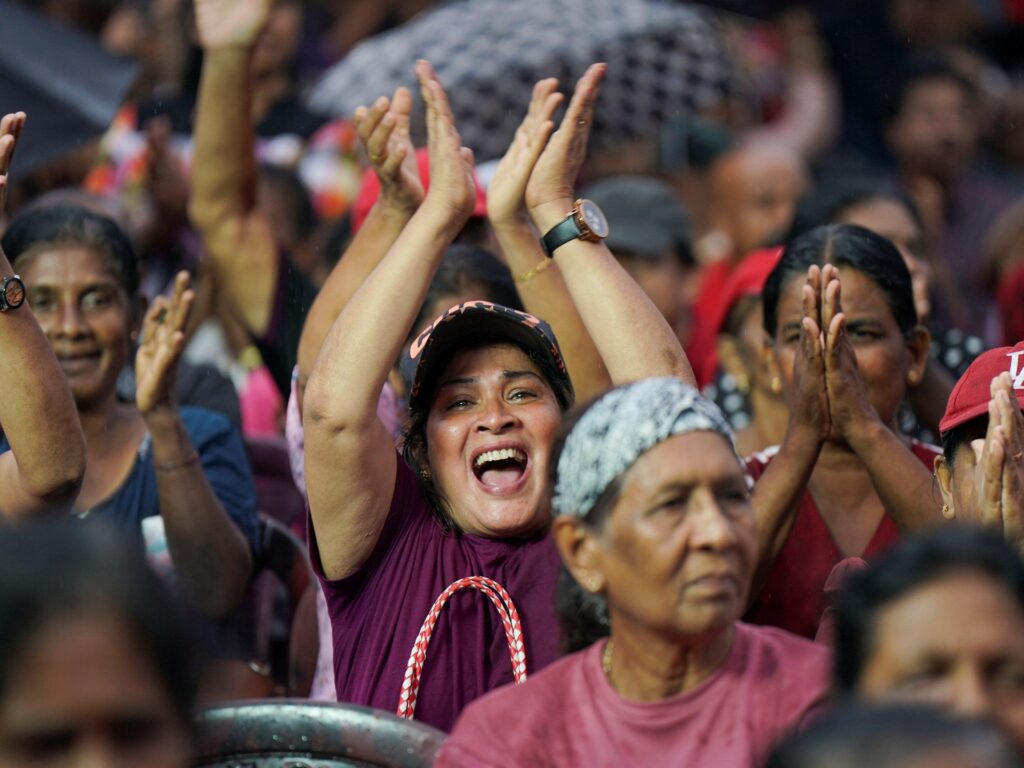
Sri Lankans will cast ballots in a snap parliamentary election on Thursday, months after electing a Marxist-leaning president in the Indian island nation’s first election since the 2022 economic meltdown and political crisis. The election was called by President Anura Kumara Dissanayake, who won the September election after blaming the country’s traditional ruling elite for the economic collapse that led to the country defaulting on its loans. Dissanayake’s National People’s Power (NPP) alliance has just three seats in the outgoing parliament, but opinion polls give the bloc an edge over parties that have ruled the island nation since its independence in 1948. Here’s a look at the significance of the elections and how they could affect Dissanayake’s political vision for the country of 22 million. What time does the election start in Sri Lanka? Polls open between 7am (01:30 GMT) and 4pm (10:30 GMT) local time. How do parliamentary elections in Sri Lanka work? An independent body called the Election Commission of Sri Lanka (ECSL) oversees the election. There are 225 seats in the unicameral parliament, and all of them are up for grabs this election. All members are elected for a five-year term. But 29 out of 225 seats are decided indirectly through a national list. Each party or independent group contesting the election submits a list of candidates for the national list. The number of national list candidates for each party is chosen based on the number of votes they win. Retired commissioner-general of elections, MM Mohamed, explained the process to the local publication, EconomyNext, in 2020. According to the publication, the formula applied for the number of national list candidates for a party is: the number of votes won by the party divided by the number of total votes cast, multiplied by 29. A party needs to secure 113 seats to secure a win in the parliament. There are 17 million registered voters out of Sri Lanka’s 22 million population, according to the ECSL. Voting will be conducted at 13,421 polling stations across the country, according to the ECSL. Votes are cast with paper ballots, and voters are required to show valid identification, such as a National Identity Card (NIC), passport, driving licence, senior citizens identity card, government pensioners’ identity card or identity card issued to clergy. Police, army and other public servants who cannot cast their votes in person on election day vote through postal ballots in advance. What’s at stake? Dissanayake, who has been critical of the “old political guard”, has pledged to abolish the country’s executive presidency, a system under which power is largely centralised under the president. The executive presidency, which first came into existence under President JR Jayawardene in 1978, has been widely criticised in the country for years, but no political party, once in power, has scrapped it until now. The system has in recent years been blamed by critics for the country’s economic and political crises. Dissanayake has promised to fight corruption and end austerity measures imposed by his predecessor, Ranil Wickremesinghe, as part of the bailout deal with the International Monetary Fund (IMF). “At stake is the ability of newly-elected President Dissanayake to pursue the ambitious agenda that won him election in September,” Alan Keenan, a senior consultant on Sri Lanka for the Belgium-based think tank International Crisis Group, told Al Jazeera. Dissanayake’s NPP alliance would need a parliamentary majority to pass laws and requires a two-thirds majority to bring constitutional amendments. He played an active role in the 2022 protests against former President Gotabaya Rajapaksa’s rule. Tens of thousands took to the streets when inflation skyrocketed and a foreign exchange crisis led to fuel and food shortages. Rajapaksa was forced to flee, after which Ranil Wickremesinghe took over as president. He lifted the country out of bankruptcy but at a cost to the common people. Wickremesinghe’s $2.9bn IMF deal led to a rise in the cost of living for Sri Lankans. He was also criticised for protecting the Rajapaksa family – a charge he has denied. “The people have great expectations for ‘system change’, including holding politicians accountable for corruption. But there is also a major debate happening about the economic trajectory,” Devaka Gunawardena, a political economist and research fellow at the Social Scientists’ Association in Sri Lanka, told Al Jazeera. “The question is whether Sri Lanka can get itself out of the debt trap while protecting people’s livelihoods, which have been devastated by the crisis and austerity,” he said. While Dissanayake was critical of the IMF deal and campaigned to restructure the deal, he has since announced – especially after an October meeting with a visiting team from the international lender – to stick to the deal. He has, however, sought “alternative means” to the severe austerity measures introduced by Wickremesinghe, and told the IMF team that his government would aim to provide relief to those Sri Lankans who have been worst affected by increased taxes. “This election is also about whether the NPP can consolidate its electoral gains in order to explore alternatives, such as redistribution and a shift towards local production,” Gunawardena said. Which parties hold seats in the current Sri Lankan parliament? In the current parliament, which was elected in 2020: The right-wing Sri Lanka Podujana Peramuna (SLPP), also known as the Sri Lanka People’s Front of the Rajapaksa family, holds a majority with 145 of the 225 seats. The Samagi Jana Balawegaya (SJB) of leader Sajith Premadasa holds 54 seats. The Illankai Tamil Arasu Kachchi (ITAK), the largest Tamil party, has 10 seats. Dissanayake’s NPP has only three seats. Other smaller parties hold the remaining 13 seats. Dissanayake dissolved this parliament on September 24 this year. Which party is expected to win the parliament? Political analysts predict that Dissanayake’s NPP would win a majority, having gained popularity since the presidential election. “The NPP is almost certain to do well – the only question is how well. Most observers – and the limited polls available – suggest they will win a majority,” Keenan, from the
